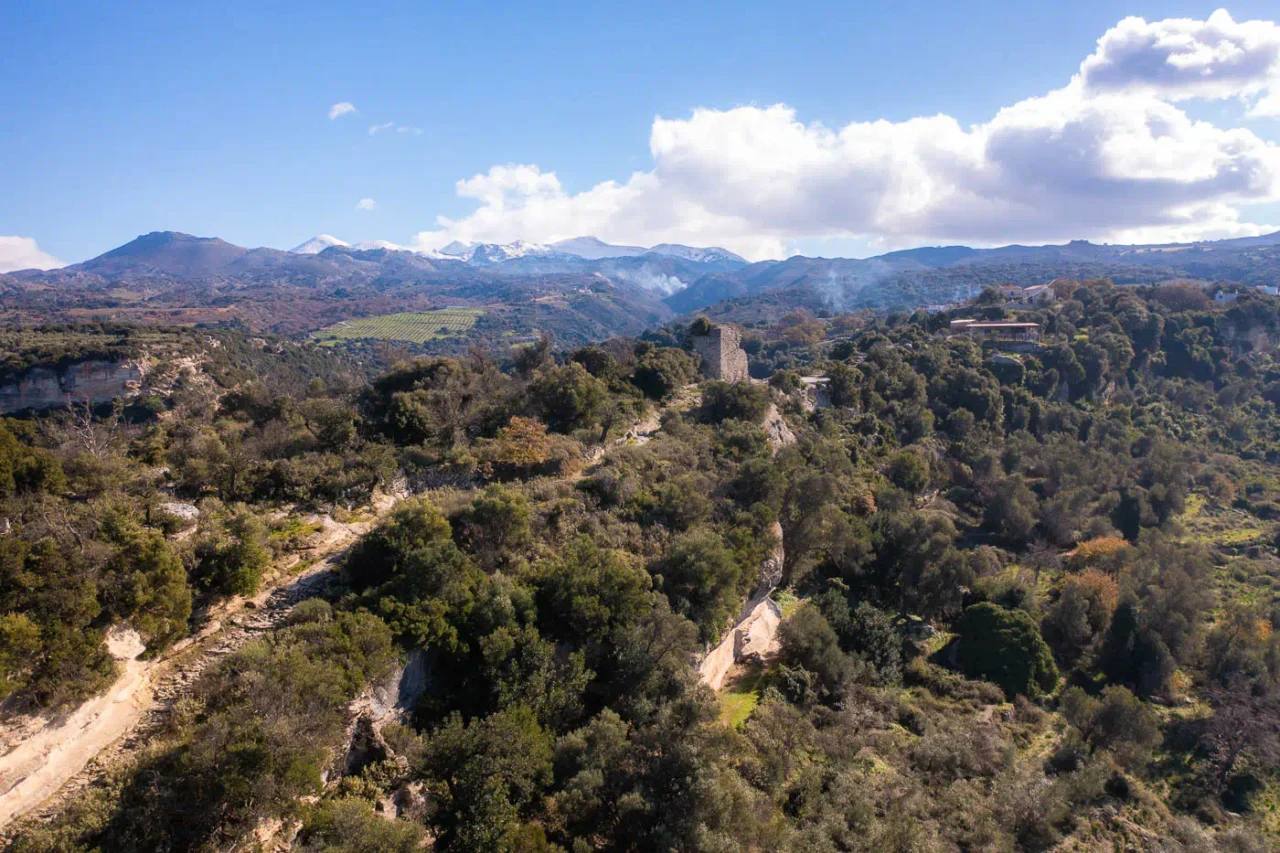
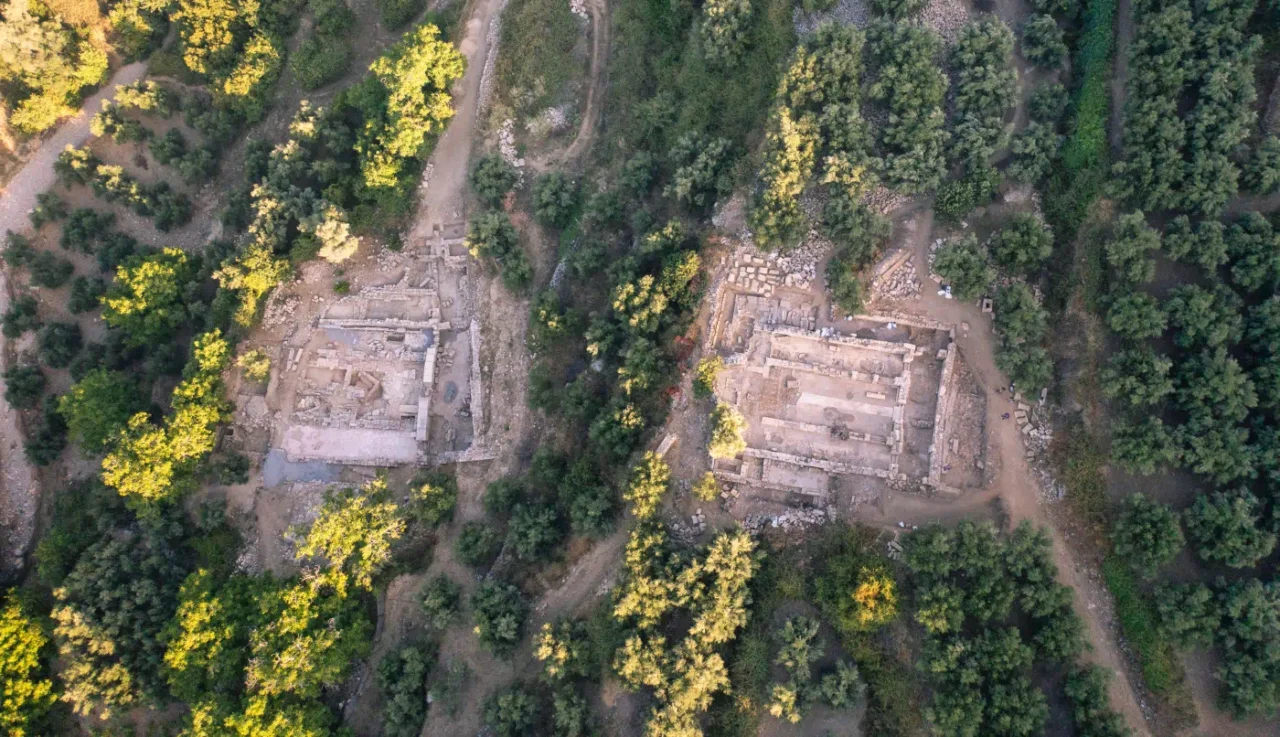
Ancient Eleutherna: An Archaeological Exploration
The archaeological site of Eleutherna, situated in central Crete, offers a rich and diverse glimpse into the island’s history, spanning from the Bronze Age to the Byzantine era. The city’s strategic location, positioned on a defensible hill with access to fertile valleys and the Cretan Sea, contributed to its prominence and longevity. The site has been the subject of extensive excavations by the University of Crete since 1985, revealing a wealth of information about the city’s development, its inhabitants, and its connections with the wider Mediterranean world.
The Minoan Presence at Eleutherna
While Eleutherna’s prominence is often associated with later periods, evidence suggests it was not isolated from the broader Minoan world. Excavations have unearthed artifacts such as Minoan pottery sherds, a clay figurine, seal stones, and obsidian blades, indicating some level of activity or interaction with Minoan culture. The discovery of a stone “blossom bowl,” a characteristic Minoan artifact, further strengthens this connection. The presence of these artifacts in various areas of Eleutherna, including Orthi Petra, Katsivelos, and Pyrgi, suggests a more widespread Minoan presence than previously thought. The exact nature of this presence, whether through trade, settlement, or cultural influence, is still under investigation. However, the archaeological evidence points to the possibility of an early Minoan installation on the hilltop, adding another layer to the complex history of this ancient Cretan city.
The Subsites of Eleutherna
The archaeological site of Eleutherna is composed of several distinct subsites, each offering unique insights into different periods of the city’s history.
Katsivelos
Located on the eastern slope of Prines hill, Katsivelos showcases the city’s development during the Hellenistic, Roman, and Early Christian periods. Excavations have revealed a well-planned urban layout with terraced housing, public buildings, and a bath complex. The presence of an early Christian basilica, built upon the ruins of a Hellenistic temple complex, highlights the city’s transition from paganism to Christianity.
Agia Eirini and Agios Markos
Situated on the east-central slopes of the hill, Agia Eirini and Agios Markos have emerged as key sites for understanding Eleutherna’s Early Christian and Byzantine phases. Two large three-aisle basilicas have been unearthed here, showcasing impressive architectural elements and mosaic pavements. The reuse of spolia (repurposed architectural elements) from earlier buildings, including inscribed blocks from the Archaic and Classical periods, provides evidence of the city’s continuous evolution and resourcefulness.
Acropolis
Perched on the summit of Prines hill, the acropolis served as the city’s administrative and religious center from the Early Iron Age through the Roman period. Excavations have revealed remnants of houses, a 7th-century BC cult building, and an underground “treasury.” The presence of Archaic inscriptions and terracotta figurines further emphasizes the acropolis’s significance during this period.
Orthi Petra
Located on the lower western slope of Prines hill, Orthi Petra is renowned for its extensive Early Iron Age necropolis. The cemetery, in use from the 9th to the 6th centuries BC, features a variety of burial practices, including cremations, enchytrismoi (jar burials), and simple inhumations. The rich assemblage of grave goods, including weapons, jewelry, and imported pottery, provides invaluable insights into the social structure, beliefs, and trade networks of Eleutherna during this period.
The Quarries
The presence of limestone quarries in the vicinity of Eleutherna, particularly at Peristeres and Alfa, played a crucial role in the city’s development. The readily available limestone provided the raw material for constructing the city’s houses, public buildings, and fortifications. The ancient quarry at Peristeres, with its preserved support pillars, “benches,” and unfinished stone blocks, offers a glimpse into the quarrying techniques employed in antiquity.
The Hellenistic Settlement
Located near the modern village of Eleutherna, the Hellenistic settlement on Nisi hill provides evidence of the city’s expansion during this period. Excavations have revealed the remains of houses, pottery kilns, and rock-cut cisterns. The presence of imported pottery and figurines suggests that the settlement was engaged in trade and cultural exchange with other parts of the Mediterranean.
Chronological Overview
Early Iron Age (9th-6th centuries BC)
The Early Iron Age marks a period of significant growth and development for Eleutherna. The Orthi Petra necropolis, with its diverse burial practices and rich assemblage of grave goods, attests to the city’s social stratification, warrior culture, and extensive trade networks. The presence of locally produced and imported pottery, as well as bronze and iron objects, highlights the city’s economic prosperity and cultural exchange with other parts of the Mediterranean.
Classical and Hellenistic Periods (5th-1st centuries BC)
During the Classical and Hellenistic periods, Eleutherna continued to flourish as a major center of power and culture in Crete. The city’s participation in inter-city alliances and treaties, as evidenced by inscriptions and historical texts, underscores its political influence. The construction of monumental public buildings, such as the large enclosure on Nisi hill, and the expansion of the city’s infrastructure, including the street network and water supply system, further attest to its prosperity.
Roman and Early Byzantine Periods (1st-7th centuries AD)
The Roman conquest of Crete in 67 BC marked a turning point in Eleutherna’s history. Despite initial destruction, the city experienced a renewed period of growth and prosperity under Roman rule. The construction of luxurious urban villas, bath complexes, and public buildings, as well as the repair and expansion of the city’s infrastructure, reflect its economic vitality. The emergence of Christianity in the 4th century AD led to the construction of numerous basilicas, showcasing impressive architectural elements and mosaic pavements. The city continued to thrive as an episcopal see into the Early Byzantine period, before gradually declining in the 7th century AD.
The Museum of Ancient Eleutherna
The Museum of Ancient Eleutherna, which opened in 2016, is a key part of the archaeological site. It houses a wide variety of artifacts that tell the story of the city’s history and culture. The museum uses modern technology like interactive displays and multimedia presentations to help visitors learn about Eleutherna’s past
Archaeological Site: Key Points
- Construction Period: Early Iron Age to Byzantine era
- Location: Rethymno regional unit, Crete, Greece
- Dimensions: Approximately 4 square kilometers
- Historical Significance: Major center of power and culture in Crete, showcasing continuous habitation from the Early Iron Age through the Byzantine era. The site features a variety of architectural remains, including houses, public buildings, sanctuaries, and necropolises, providing invaluable insights into the city’s evolution and its inhabitants’ way of life.
- Current Status: Active archaeological site with ongoing excavations by the University of Crete. The site features a modern museum showcasing finds from the excavations, as well as a well-developed archaeological park with visitor facilities.
Reference
- Stampolidis, N. Chr. (Ed.). (2020). Eleutherna. Lamda Development & John S. Latsis Public Benefit Foundation.
Access
Even though the access to the sites is restricted the area offers an abundance of paths for the visitors to view the area from above and walk into the valley towards the Hellenistic bridge.














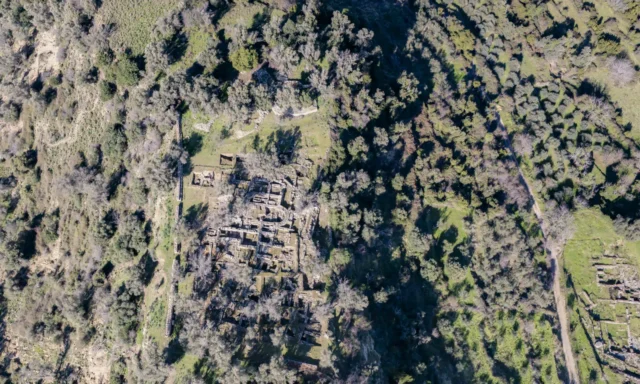

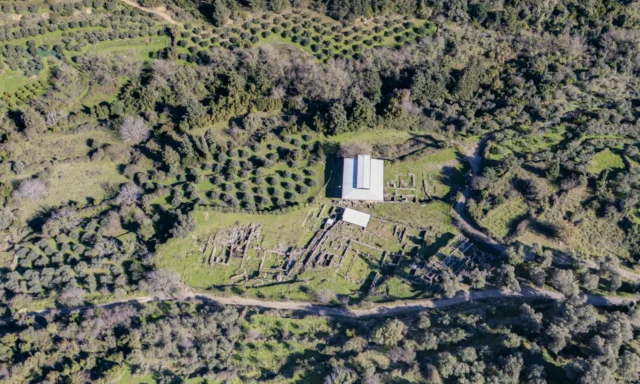

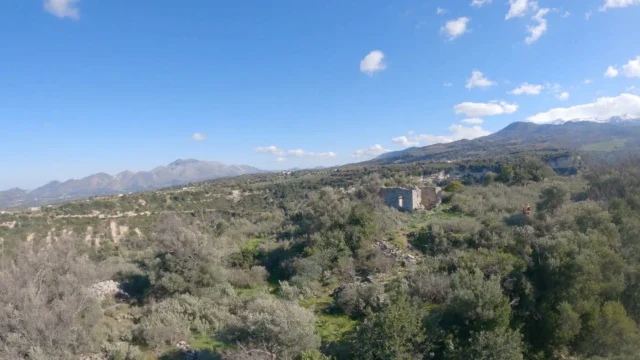
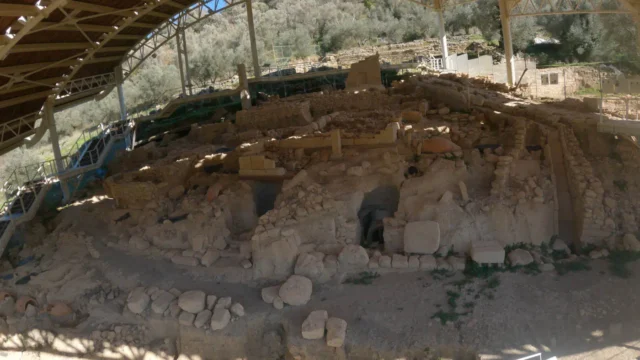

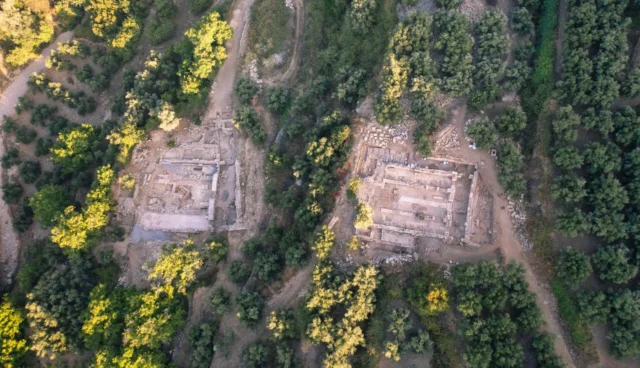
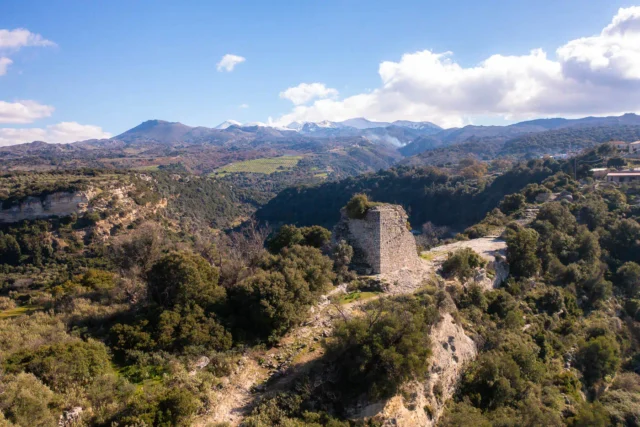

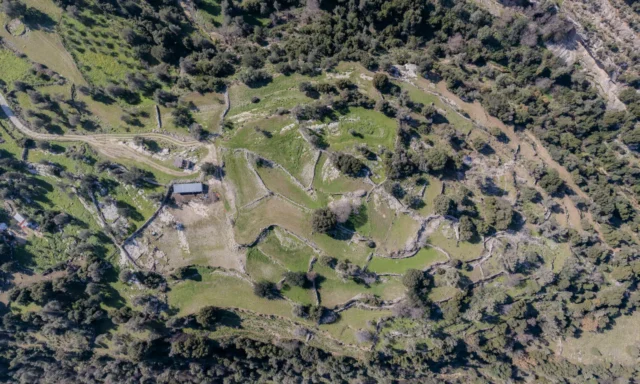

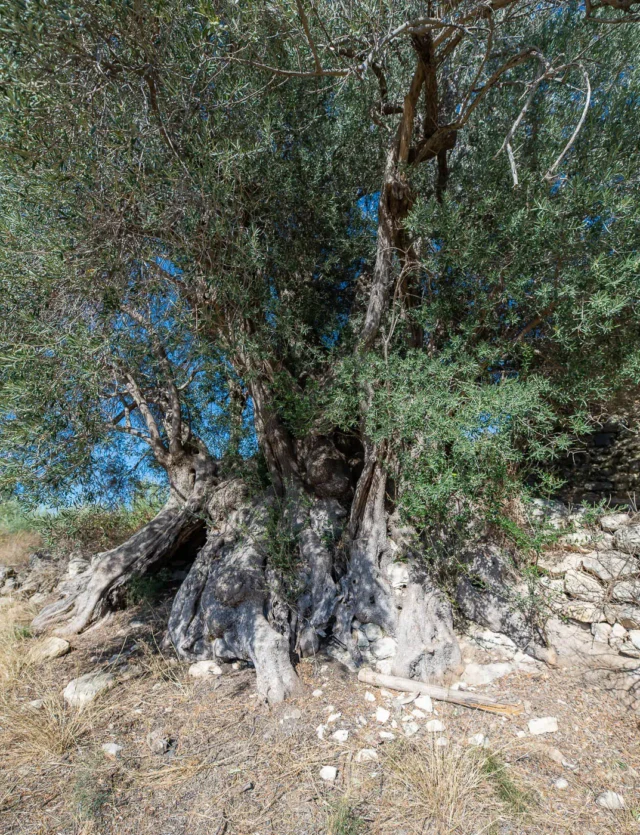
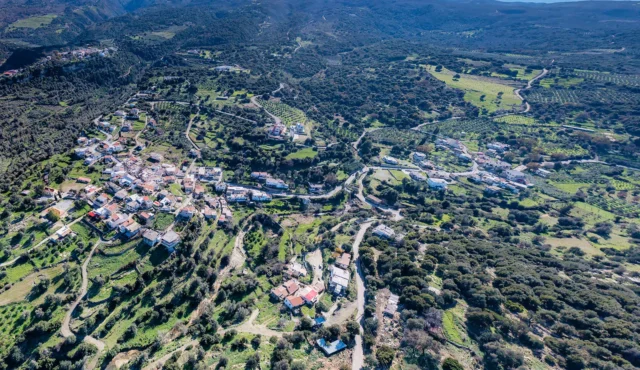

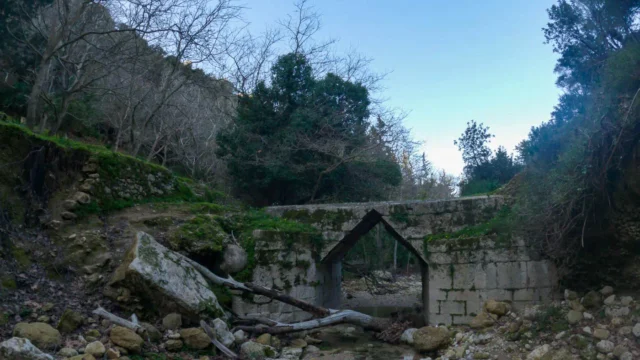
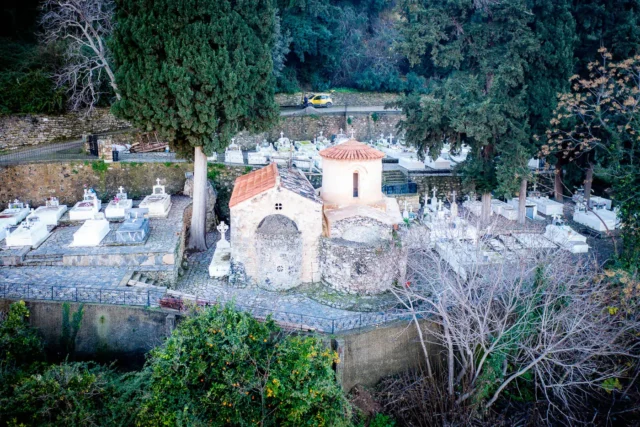
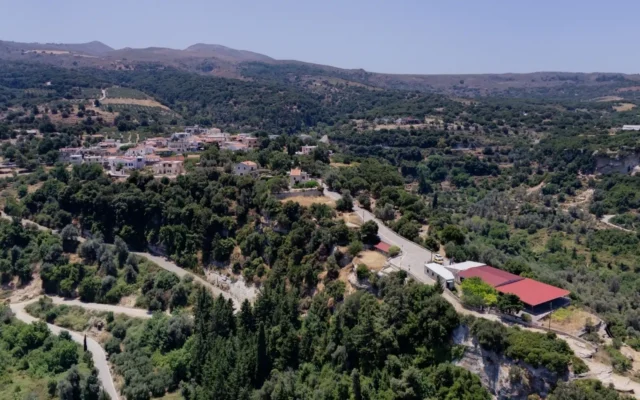
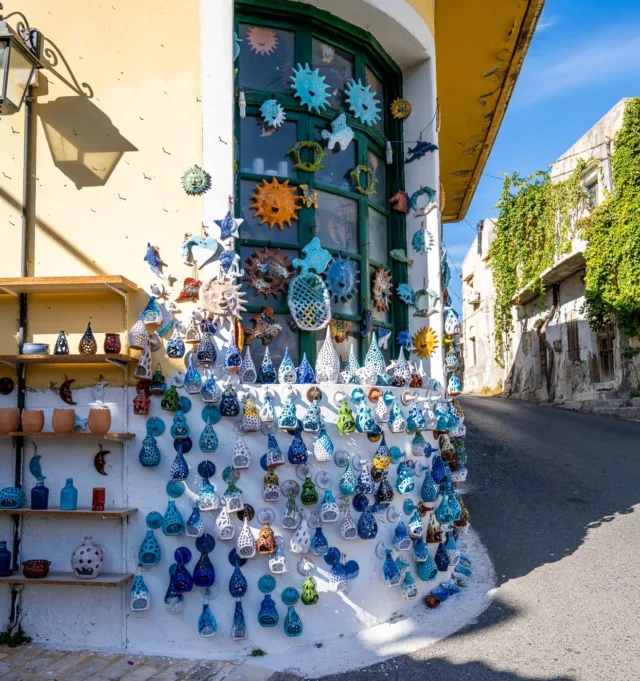


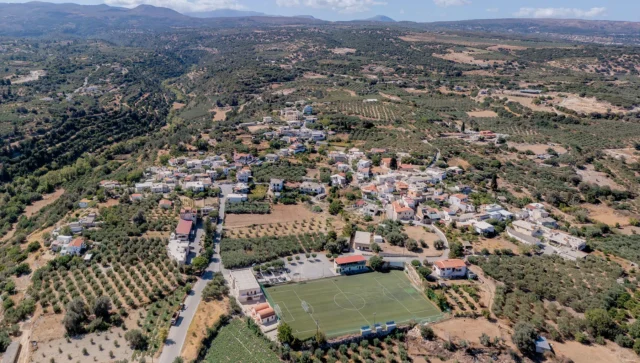
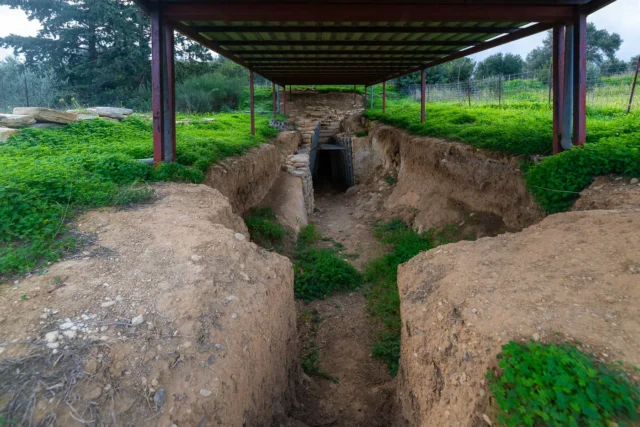


There are no comments yet.